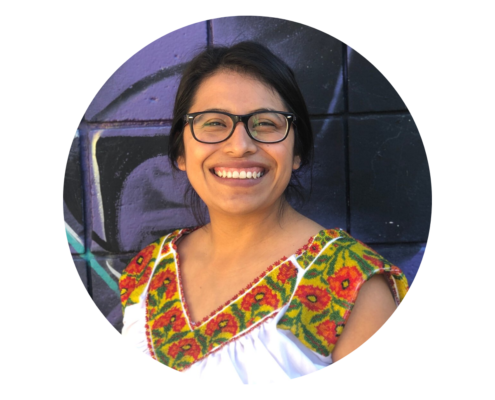introduction
boom definition:
noun/verb: a loud, deep, resonant sound
noun/verb: great prosperity or rapid economic growth
Boom Oaxaca is an invitation to participate in local and transnational conversations around food sovereignty and Indigenous sovereignty as issues that uniquely converge in the Central Valley’s Oaxaqueño community. Boom Oaxaca is guided by the work of Narsiso Martinez and Tlacolulokos, who use self-representation and visibility as an act of political rebellion, and as an autonomous approach to an ownership of culture. Grounded in the context of both Oaxaca and California, these artists create images of often invisibilized spaces, and in turn demand attention and humanize the experiences of their community. This exhibition is not just about representation, but about acknowledging communities that are reimagining their own futures, through art and cultural practices which are deeply rooted in the preservation of history and culture.
Boom Oaxaca brings together newly commissioned works created through conversations with local community members in diverse media that demonstrate an approach to artmaking that is rooted in social and community-based art practices. Narsiso Martinez presents portraits that humanize farmworkers and the food that “magically” reaches our plate or grocery store—giving glimpses into intimate moments of mealtimes in the fields among family, and in community. Drawing from Social Realism and his experiences as a farmworker, Martinez’s portraits in charcoal on reclaimed produce boxes channel the materiality of working in the fields. Building on the Mexican muralist tradition in what is termed a new “Neo-Muralism” movement in México, Tlacolulokos is known for their large scale public art that draws our attention to the effects transnationalism, migration, and tourism has had on people, culture, and style, through portraits of Indigenous Oaxaqueños juxtaposing traditional garments with US Cholo culture. Accompanying these artists are printmaking collectives whose practices grew out of student uprisings in 2006 including Subterráneos, Taller Bambú, Gabinete Gráfico, and women-centered printmaking collective Hoja Santa. This convergence of socially engaged approaches to artmaking—which have developed inside and outside of gallery and artworld spaces—highlight how Indigenous communities are not living in the traditional past but growing and adapting through their own culture.
This exhibition centers the experience, knowledge systems, and cultural production of Indigenous artists and community members who have often been erased from mainstream narratives and from within Latinidad. Through this exhibition, we have a unique role and responsibility within our community to delve deeper into a collective understanding of Indigeneity, nationalism, and racism. We hope to create a comfortable space to have uncomfortable conversations.
 https://boomoaxaca.com/wp-content/uploads/2021/12/jesus.png
360
360
jpmktg
https://boomoaxaca.com/wp-content/uploads/2021/12/Boom_Arte_website_logo-300x94.png
jpmktg2021-10-04 10:54:142022-02-02 14:51:17Jesus Pelayo
https://boomoaxaca.com/wp-content/uploads/2021/12/jesus.png
360
360
jpmktg
https://boomoaxaca.com/wp-content/uploads/2021/12/Boom_Arte_website_logo-300x94.png
jpmktg2021-10-04 10:54:142022-02-02 14:51:17Jesus Pelayo





